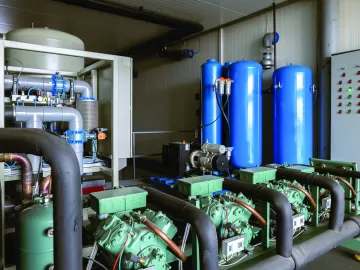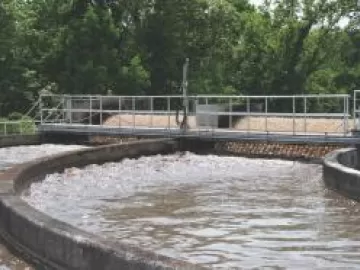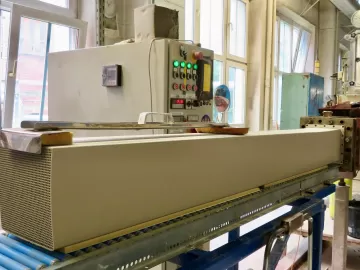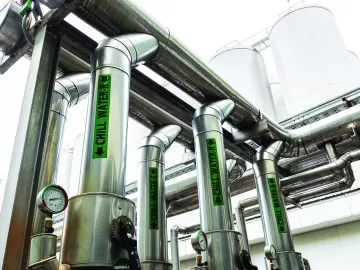Talking Dewpoint
Dewpoint is defined as the temperature to which a gas (e.g. air) must be cooled, at constant pressure, for water vapor to begin to condense to liquid water. In other words, when the dewpoint temperature has been reached, the gas is fully saturated with water vapor.












